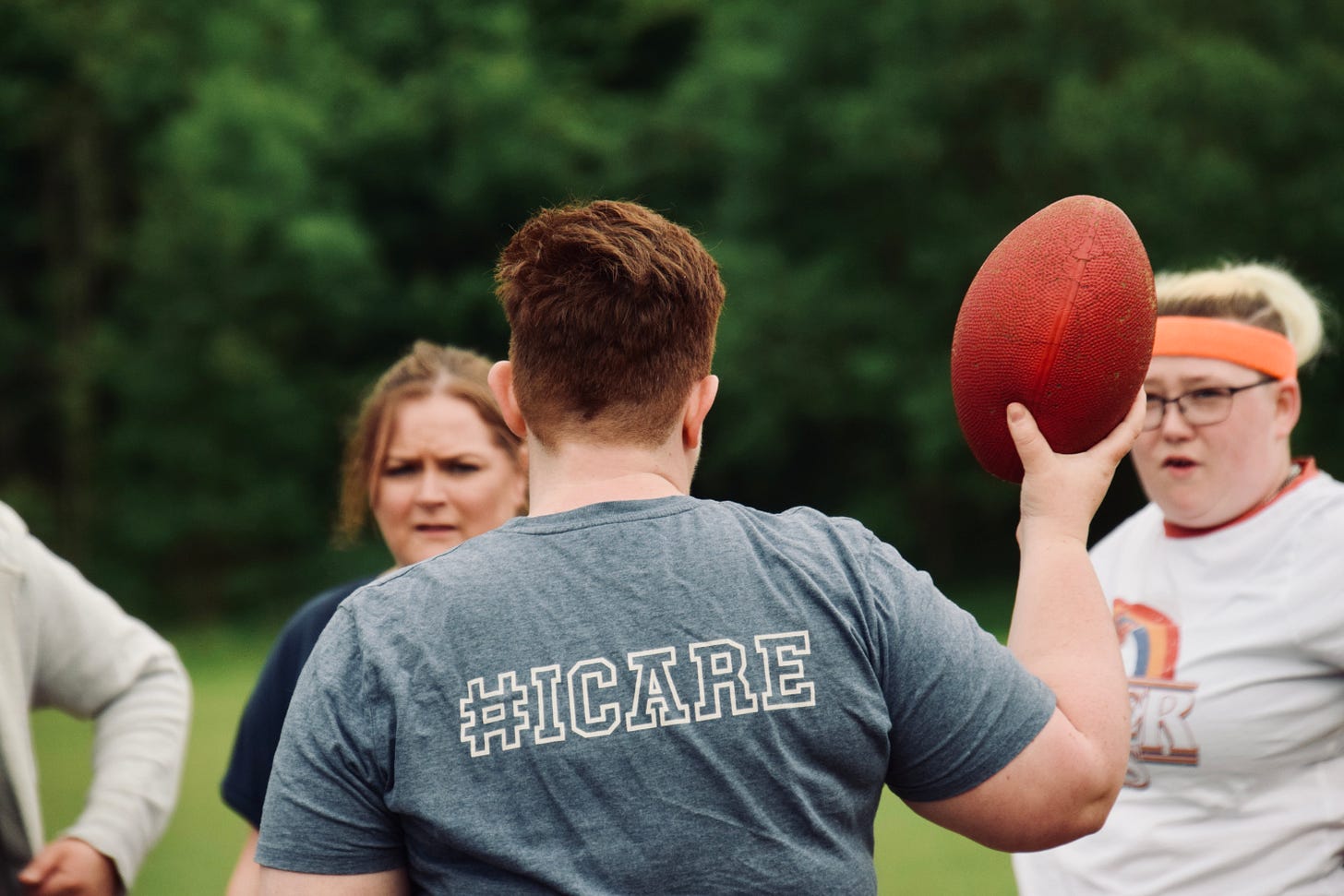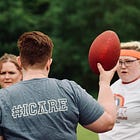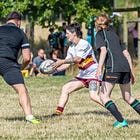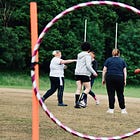Menopause-friendly training: what does it look like?
Last time we looked at period-inclusive training. Now let's look at the menopause
Last time, I wrote about how I make my sessions period-inclusive. This time let’s explore how I aim to make my coaching menopause-friendly.
Grassroots women’s teams have players with a wide range of ages. Some of the players may be going through perimenopause. This is when hormone levels start to change before periods stop completey. It can cause a range of physical and mental symptoms.
To understand more about the symptoms, check out Dr Nicky Keay’s article
Even if you don’t have players that are going through the menopause/perimenopause, there’s still ways your training sessions can benefit them and be menopause-inclusive.
Why it matters
Menopause is considered the one of the last female health taboos. Often women don’t learn much about the perimenopause until they’re experiencing it. There can be a stigma surrounding it.
In the UK:
What does it look like in action?
Providing inclusive opportunities for midlife women to exercise can be a potential recruitment boost for your club. Offering a range of rugby options to suit women can help provide a sense of community for midlife women as well as opportunities to be active.
This could be a T1 rugby option for midlife women or walking rugby. It could take place at the same time as other female rugby training sessions so that attendees can join in with larger sessions at times or remove any preconception about what rugby training looks like.
You could also provide rugby bootcamp sessions, but ensure the marketing and approach is inclusive to women who are re-discovering the joy of being active in a group.
Ensuring training is menopause-friendly can look alot like the period-friendly levels in the previous post. Those levels are multi-purpose and can increase engagement for alot of players.
Making training menopause-inclusive can have benefits for all players. Including weight-bearing/resistance exercises in your team’s warm up or season plan can help. The loss of oestrogen can affect bone health.
Including Activate (which has weight bearing exercises) in a team’s warm up can benefit all players including anyone who is perimenopausal.
Adding in exercises inspired by yoga or hosting a yoga session in the clubhouse can also be of benefit as they enable players to work on their balance. This benefits all players, but also has a menopausal benefit as balance can worsen due to any decline in muscle mass.
As I’ve previously written, I plan cooldown activities for my training sessions. They are a useful way to end the session and enable players to transition out of training.
Cooldowns benefit menopausal players. If players feel they need an additional slow movement at the end of the session, they can walk round the pitch collecting cones.
You can also give players a final socialisation task whilst they walk round the pitch. For example: find a partner, walk round the pitch together and give each other some praise.
It’s important to give players a space to talk about the perimenopause, if they want to. Due to the lack of education until women reach perimenopause, players discussing their own experiences can help other women.
It can also be a useful space to help players that are struggling. The community the team provides to players is just as important as the physical activity.
Did you know there’s a subscription option for Coaching Care Creativity? Nothing is behind a paywall so your subscriptions or coffee clicks can help keep the content going. The subscriptions are £5 a month or £50 for the year. You can also buy me a one-off coffee for just £5.






